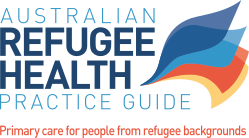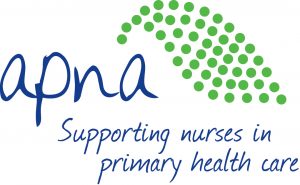Incorrect birth date: children and adolescents
Refugee children/adolescents may have an incorrect birth date on their visa paperwork, which becomes the basis for all the official documentation in the country of settlement. This issue is not uncommon, especially for adolescents, and may have significant effects on school placement, developmental assessment (including formal assessments such as cognitive testing) and access to welfare, services, and case management support. The reasons for an incorrect birth date are often complex; it may be unknown, due to error, related to calendar discrepancies, or changed to due to family circumstances/conditions in country of origin. Any child with a birth date of 01/01/(year) is almost certainly younger. Families may be reluctant to raise this as an issue, and may be worried about the implications for their migration claim/visa/citizenship. Often this emerges as an issue some years after settlement.
Correcting a birth date requires an assessment of the family narrative (including contextual migration events, birth order/ages of siblings matched to any known local events or transitions in the migration pathways), reviewing and documenting any existing paperwork or known milestones, and an assessment of the child’s growth, dental eruption, pubertal stage and development with information from schools wherever possible (on peers, learning, maturity/function in the classroom). Our experience is that frequently, undisclosed trauma becomes apparent during age assessment, and it is essential to allow enough time and be prepared to work through this process at a pace that is acceptable to the family. A bone age X-ray or orthopantogram (OPG) is sometimes used as additional information in the specialist setting, but neither bone age nor OPG imaging defines the child/young person’s age. Bone age X-rays provide an estimate of bone age compared to chronological age. The Greulich and Pyle (GP) method[73] is used most commonly (evaluating a single frontal X-ray of the left wrist), however, it is essential to note:
- The GP method is intended to assess skeletal age knowing the chronological age (not the reverse)
- The GP method is based on data from white American children from the 1930s; and considerable racial variation is found.[74, 75]
- The GP method is not precise, the margin of error is typically a 3–4 year range throughout childhood/adolescence
- Skeletal maturity is affected by additional factors such as constitutional delay in maturation.
Bone age X-rays are most useful in a child who is clearly many years older or younger than their paperwork birth date. Similar principles apply to the use of the OPG.
Incorrect dates of birth can be formally changed using Form 424C under the Freedom of Information Act, through the Department of Immigration and Citizenship: www.border.gov.au/forms/Documents/424c.pdf.




